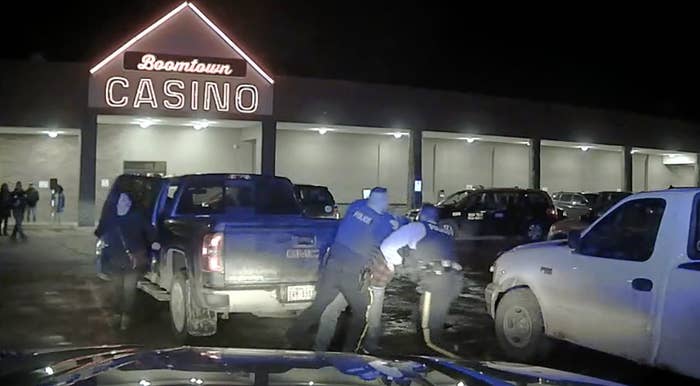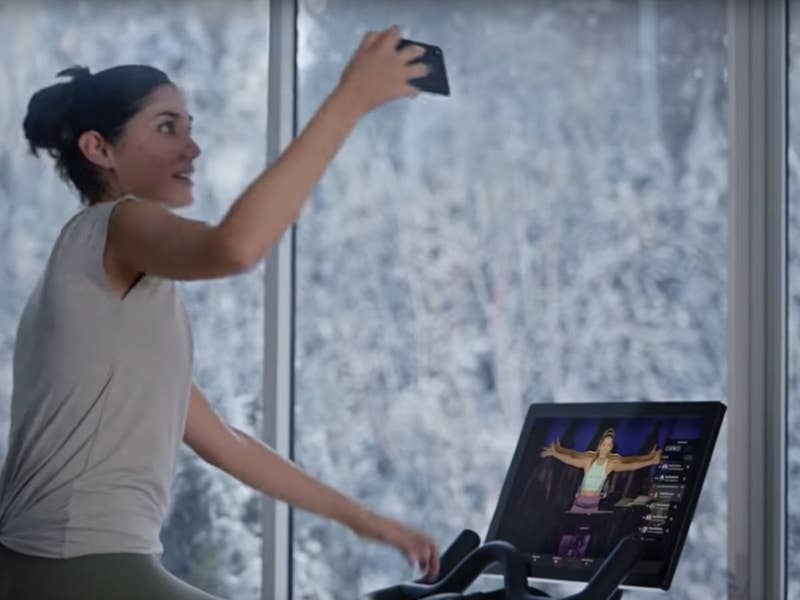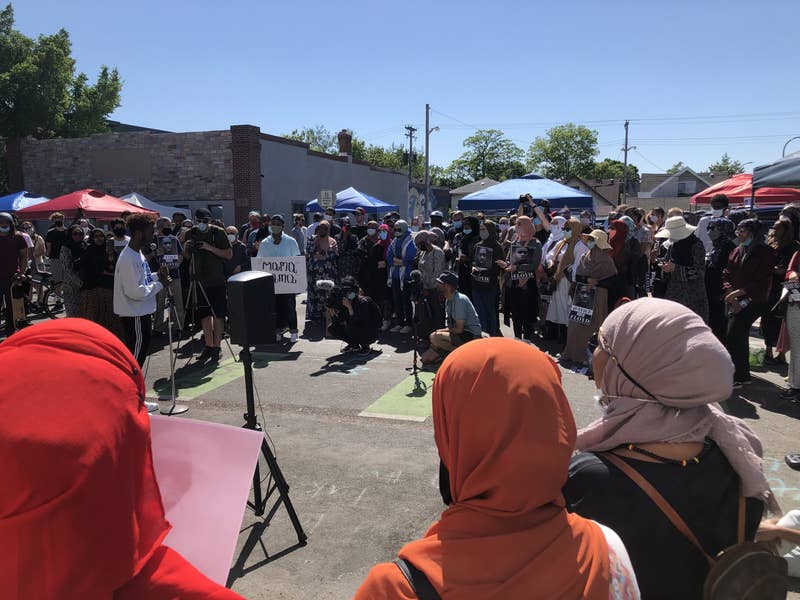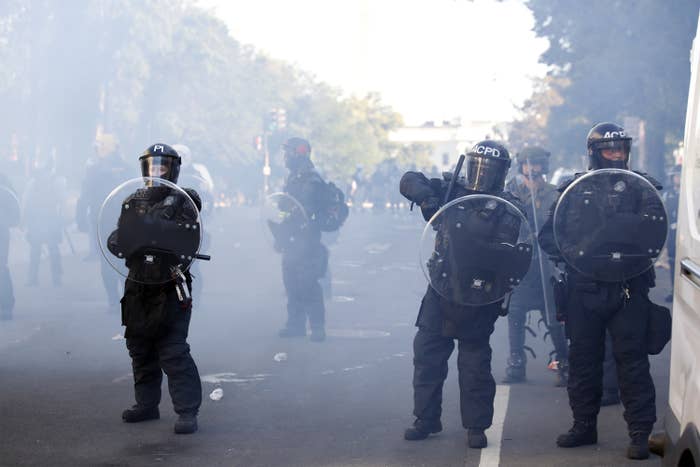"Black Lives Matter. Get home safe, stay together, we fucking matter. Black Lives Matter!"
This was the message that New York EMT Taylor Varela used her ambulance radio to broadcast at a protest against police brutality in downtown Brooklyn last Thursday. Leaning out of the window as her boyfriend, paramedic Anthony Davis, drove, the 24-year-old received rousing support from protesters gathering around the ambulance.
In the days leading up to the video, Varela had emailed her employer, SeniorCare EMS, to request that the company speak up about the Black Lives Matter movement and the police brutality protests sweeping the country in response to George Floyd's death — with no response.
But the same night the video of her participating in the Brooklyn protest was tweeted by journalist Scott Heins, SeniorCare EMS CEO Michael Vatch contacted Varela to let her know that she'd been suspended.
"The CEO called me and asked why was I screaming obscenities over the PA system. The first thing that he asked was something that was so far from my mind," Varela said. "He said at some point I should think about the fact that I’m at work, and supposed to be professional. His initial reaction was that he was definitely very upset."
Vatch and SeniorCare EMS did not respond to multiple requests for comment.
Following the news that she'd been suspended, Varela received overwhelming messages of support from coworkers, and from the public. Her coworkers even created a Change.org petition calling for SeniorCare EMS to lift her suspension, and for the company to not take any further disciplinary action against her. It's since received more than 5,300 signatures.
"Taylor and her partner are an exceptional medic team who adhere to the SeniorCare values of clinical excellence and outstanding customer service. Their support during the Black Lives Matter protest shows their care for all of their patients, a large number of whom are Black community members," the petition states. "As a community of future and past patients, fellow healthcare workers, and neighbors, we request that you recognize that we are living through unprecedented times and that we must stand together against violence."
On Monday, Varela said she was called into a meeting with SeniorCare EMS executives, where management explained that the issue was not with her message, but the fact that she had participated in the protest on company time, using a company vehicle.
"Their biggest concern was safety, because I was hanging out of the window, and the safety of everyone else around the ambulance," Varela said. "I understand where they’re coming from. The problem wasn’t the message that I was saying, but more how it looks from a company."
During the meeting, the company again took issue with her professionalism, given that she was in uniform and representing SeniorCare EMS, Varela said.
"The guys I met with said they understood why I said what I did, personally, but they wanted me to be able to separate the personal from the professional," Varela said. "Now is not the time to separate anything."
As a result of the meeting, Varela's suspension was extended, for a total of three missed shifts. Her partner was not suspended.
Varela is set to return to work Tuesday, and said while she understands the company's response to her actions, she's still calling for SeniorCare EMS — where she's been employed for about three years — to take a stronger position on racial injustice.
"The day after that video, the CEO released some kind of statement, but it was very general, it felt like he wrote it just because he knew what happened the day before," Varela said. "On Monday, he released another email that was a little bit better, it wasn’t as general as 'racism is bad,' but it’s still too generalized for my liking. There was no plan of action to change or do anything differently."
A general email from SeniorCare EMS also referenced the company's policy on employees' use of social media whether on- or off-duty. It states that the company reserves "the right to monitor social networking activity" and "act on matters which are inconsistent with our values" or "represent the company in a negative light."
Despite the policy, Varela doesn't plan to change her own social media use.
"I don’t think I should have to censor myself because the company may or may not agree with me, I don’t hold back on what I say," Varela said. "There’s been a lot of support from coworkers letting me know that they had my back."
Ultimately, Varela said she wants SeniorCare to use its platform as a company to support the fight against racial injustice, and to not inhibit employees from doing the same.
"I just felt like there are so many Black employees at the company, and for all of the things that have been going on in the country, for the CEO to not release anything regarding what was going on, it felt like a slap in the face," Varela said. "This is a very successful company, and I would like to see donations to credible organizations that are pushing the cause. I feel like they have to show some kind of support, and to educate themselves and educate their colleagues."































